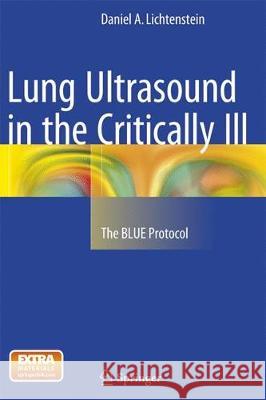Lung Ultrasound in the Critically Ill: The Blue Protocol » książka
topmenu
Lung Ultrasound in the Critically Ill: The Blue Protocol
ISBN-13: 9783319357416 / Angielski / Miękka / 2018 / 376 str.
Kategorie BISAC:
Wydawca:
Springer
Język:
Angielski
ISBN-13:
9783319357416
Rok wydania:
2018
Wydanie:
Softcover Repri
Ilość stron:
376
Waga:
0.81 kg
Wymiary:
25.4 x 19.3 x 2.03
Oprawa:
Miękka
Wolumenów:
01











